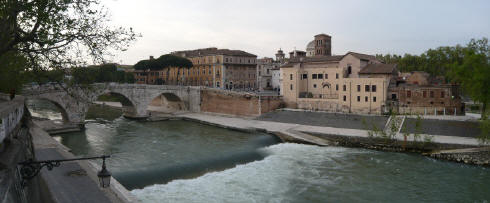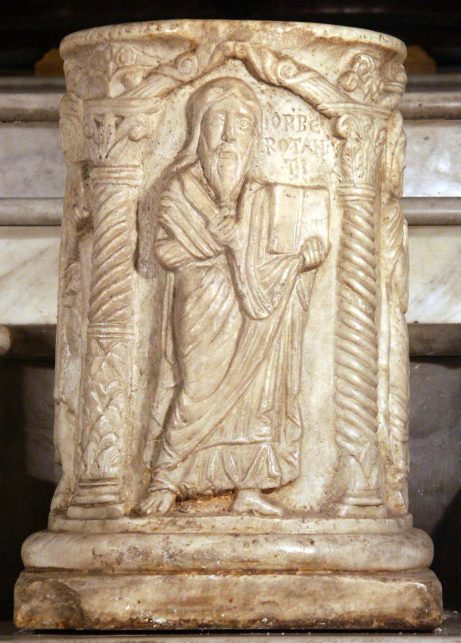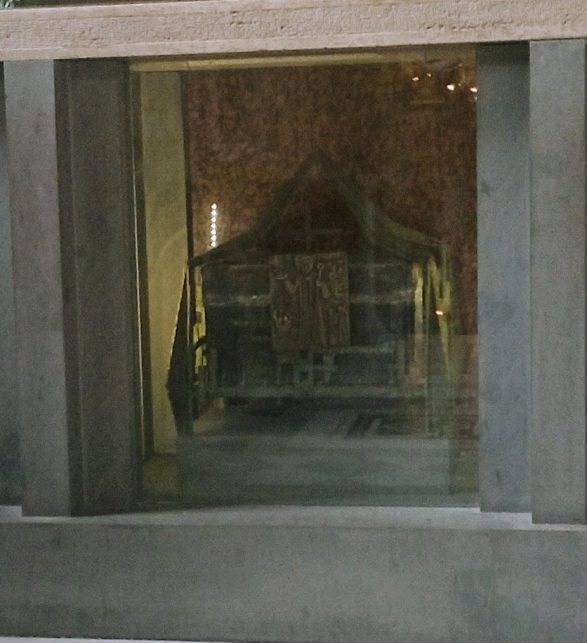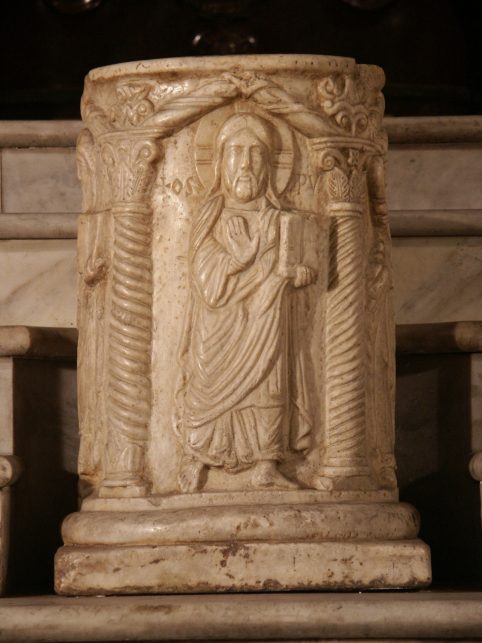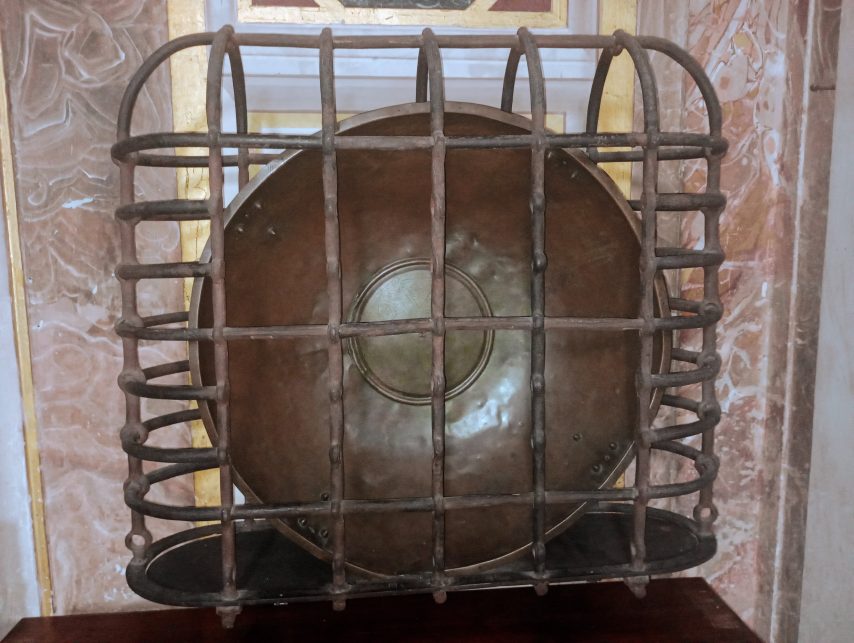The basilica of San Bartolomeo all’Isola is over a thousand years old. It stands in Rome, on the Tiber Island, a place of particular importance for the history of Rome, halfway between Trastevere, the district of the first Christian preaching, and the ancient Jewish quarter. This position in the middle of the Tiber, a key place for crossing the river, well expresses one of the most characteristic aspects of this basilica, which gathers memories linked to different and distant worlds, united together in a unique and original synthesis of faith, art and history.
The basilica was built in a place of pilgrimage already known: for centuries, in fact, there had been a temple dedicated to Aesculapius on the Tiber Island, and many people visited the sacred place to implore their healing. In 998, the German emperor Otto III built the church to house the remains of two martyrs: St Bartholomew the Apostle, whose body is kept in the high altar, and St Adalbert, bishop of Prague, who was killed in 997 while evangelising pagan populations at the northernmost border of Christian Europe.
The new building brought about a transformation in the fabric of the Tiber Island, expressive of the general change that took place in the city of Rome following the spread of Christianity. The well in the basilica, a very rare case, is an example of this process: it probably dates back to Roman times and its waters were considered thaumaturgical. Christians have been able to preserve and enhance that tradition: the well has become an evangelical symbol. In fact, in the ancient marble vera that overlooks it, there is a central image of Jesus that suggests to the beholder an association with the words from the Gospel of John: “He who is thirsty, let him come to me and drink who believes in me; as the Scripture says, rivers of living water will flow from his bosom” (Jn 7:38).

